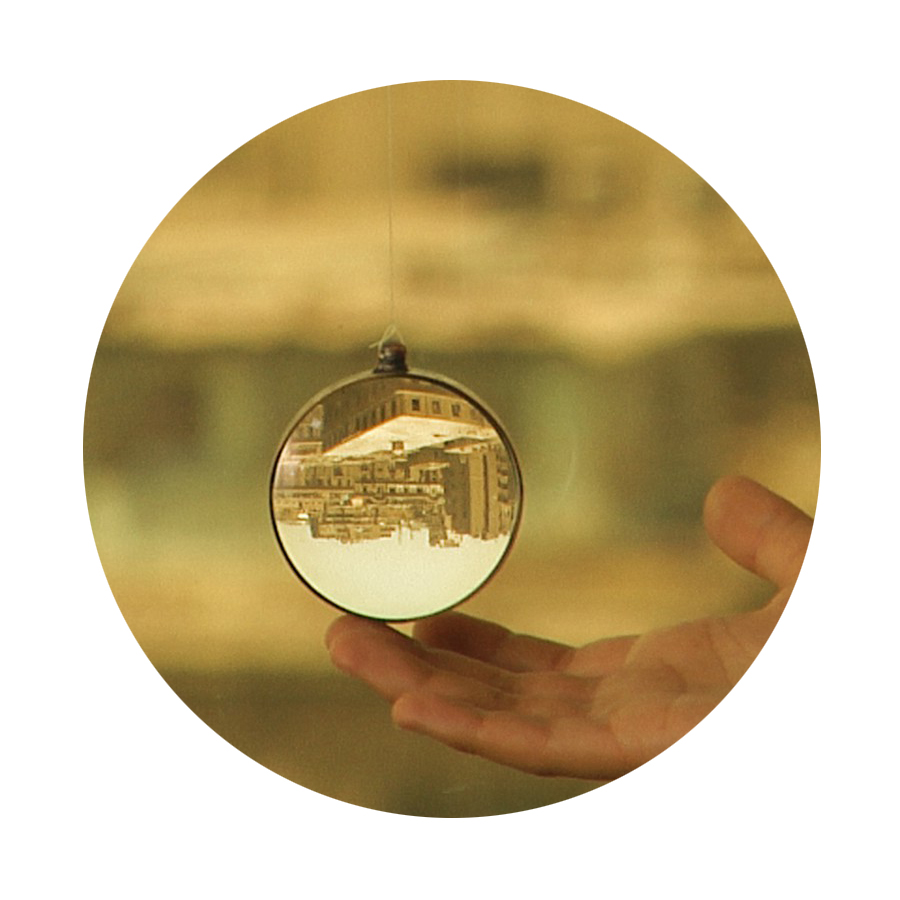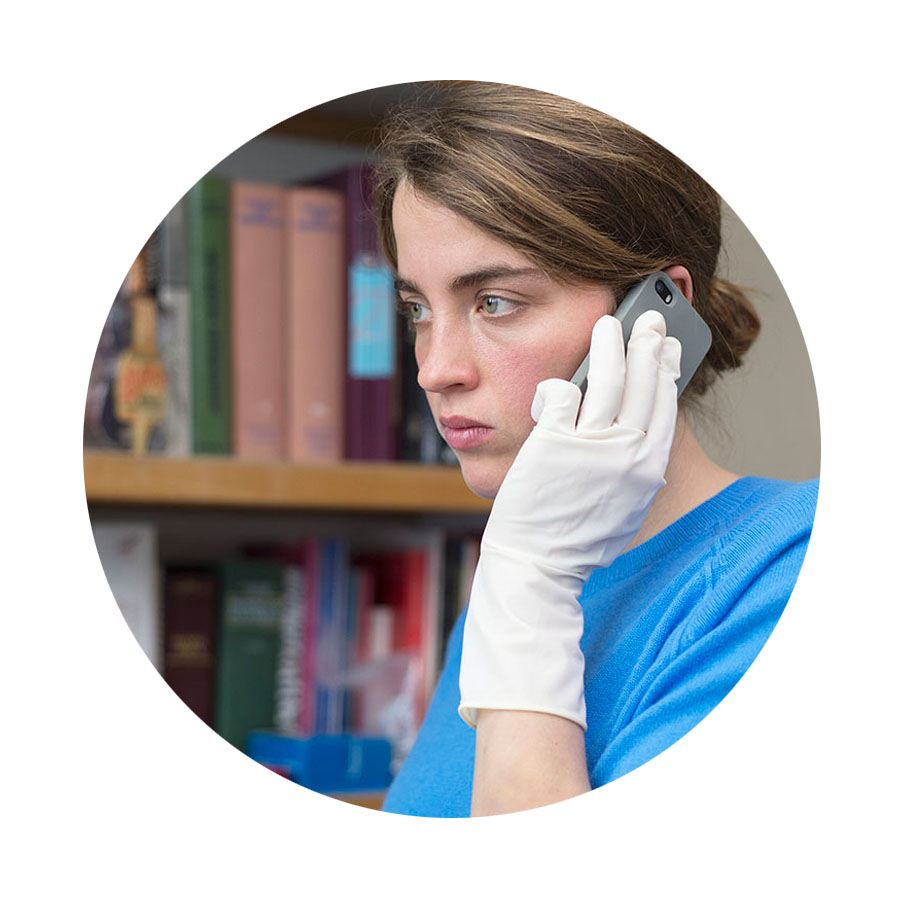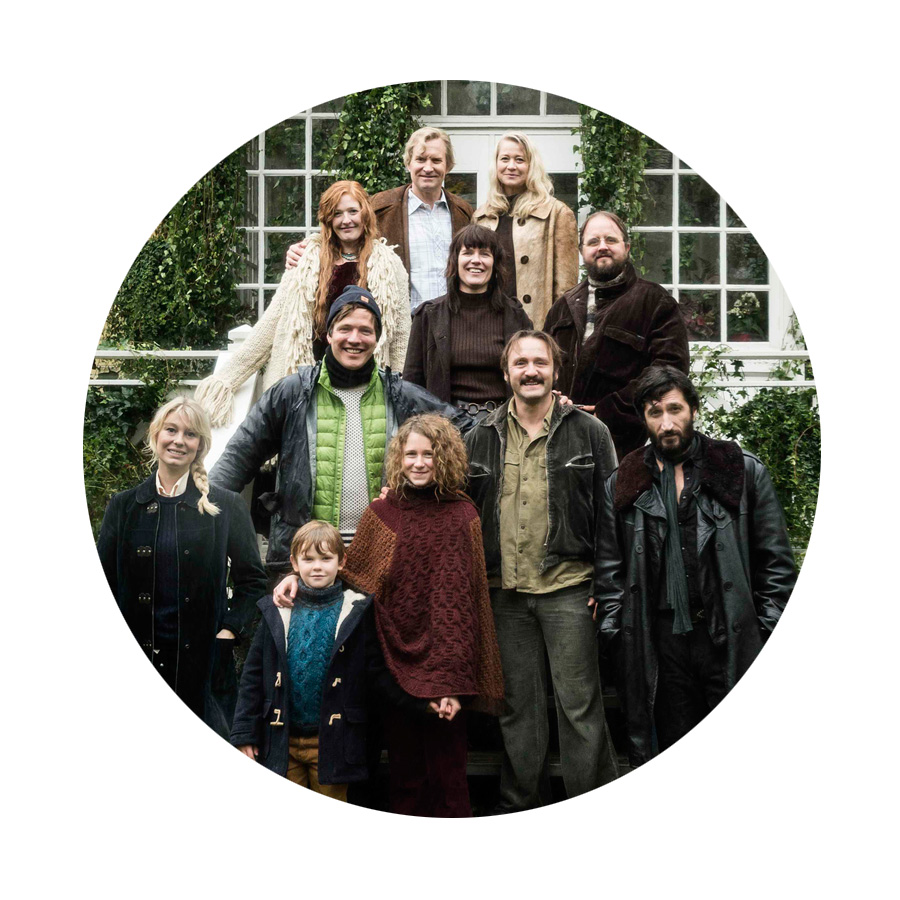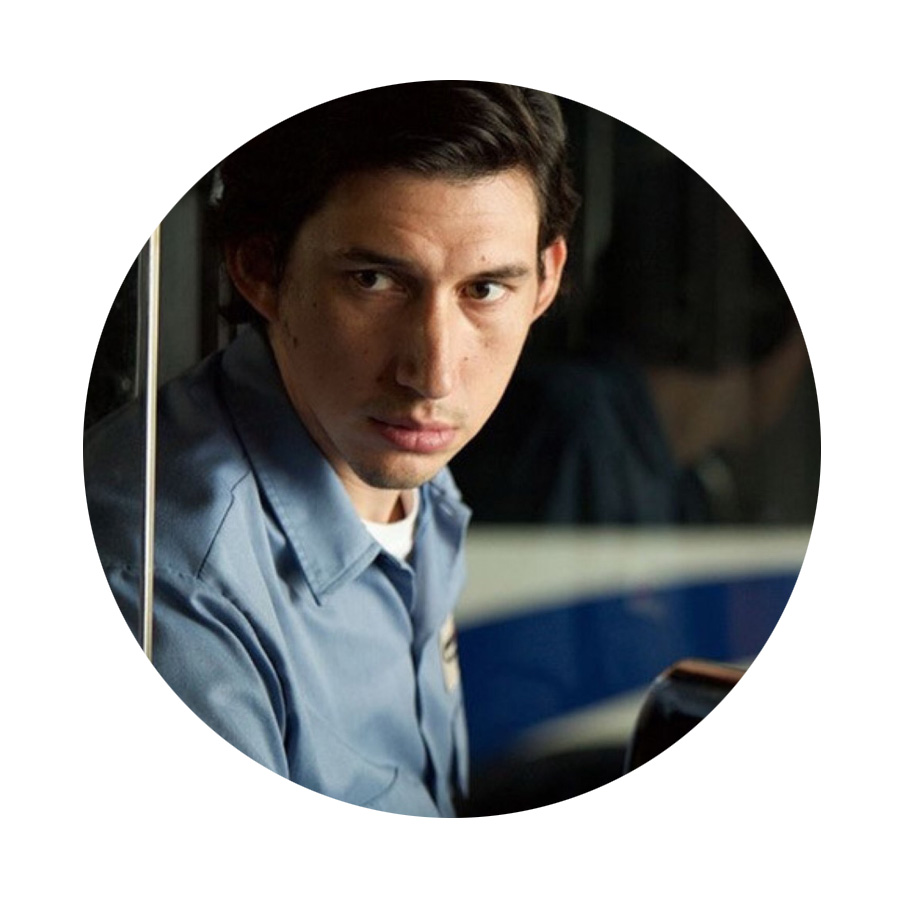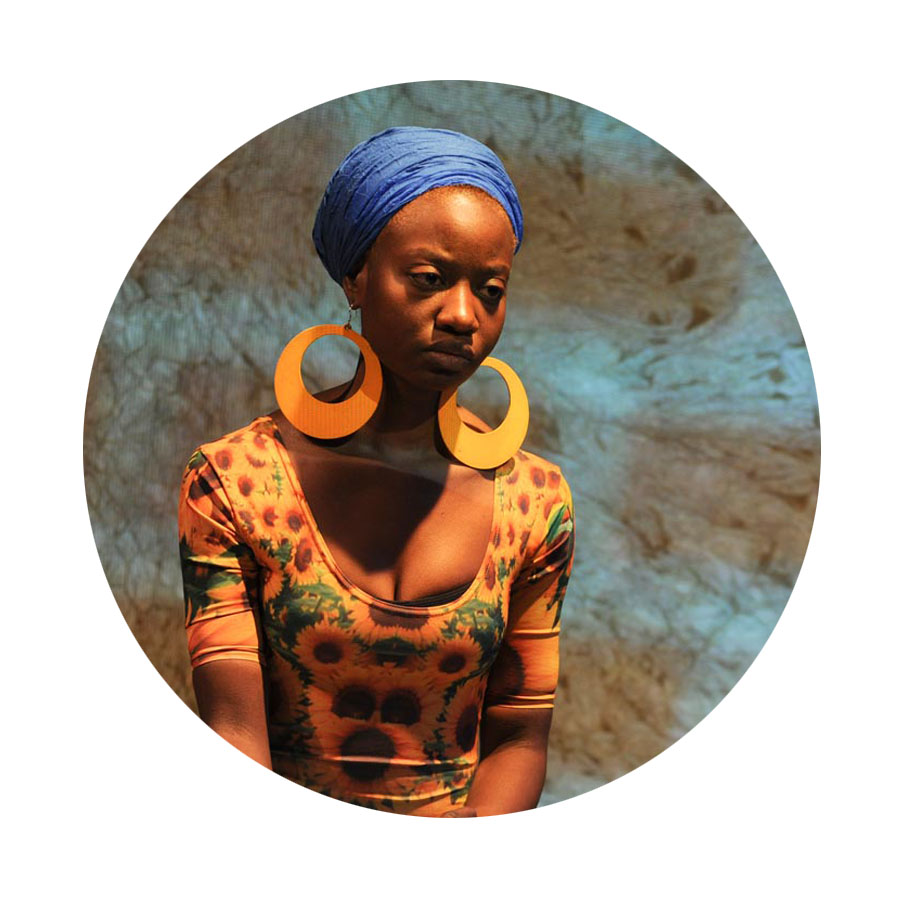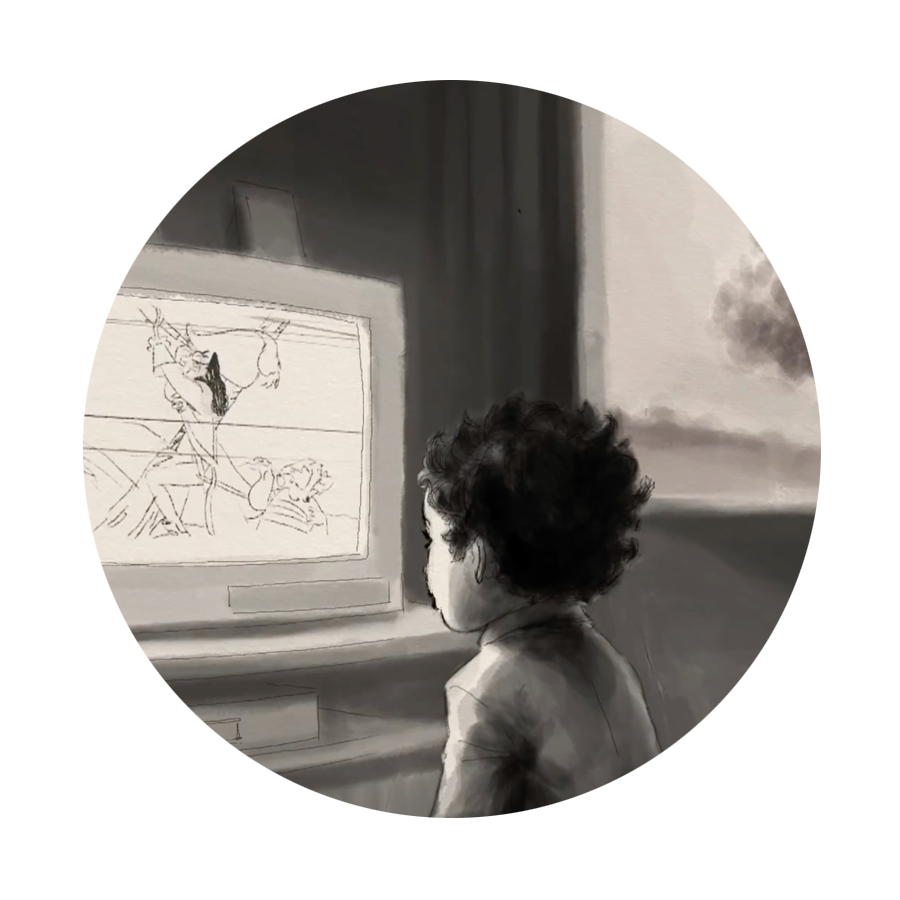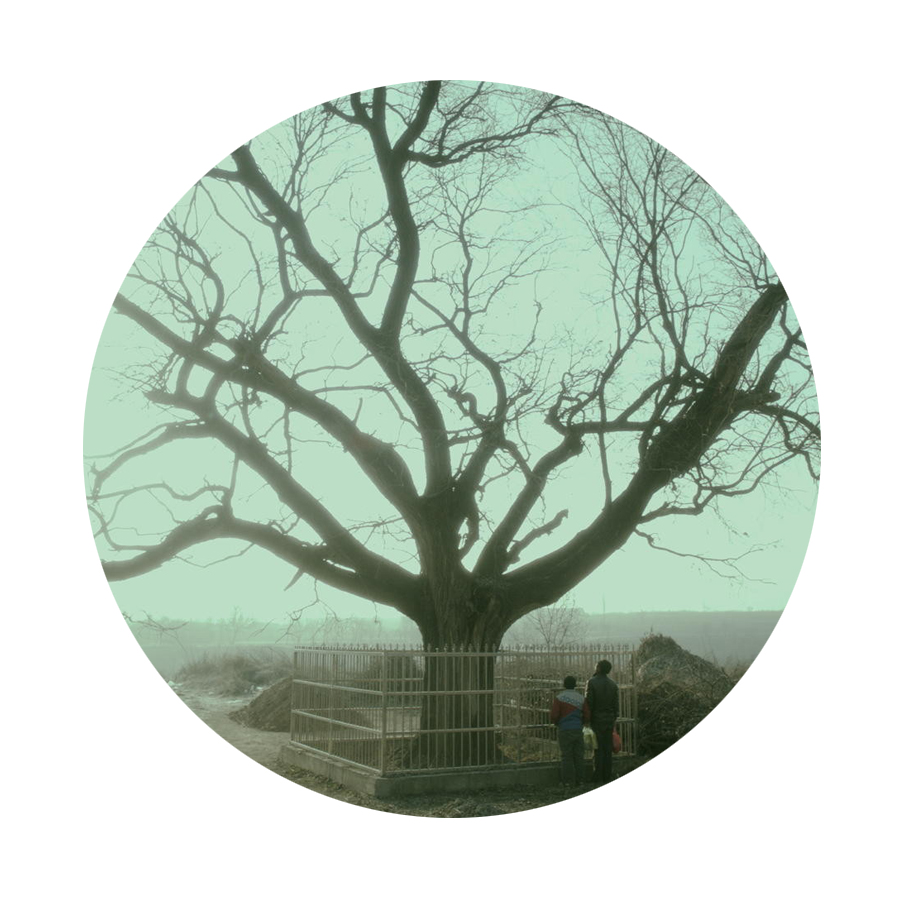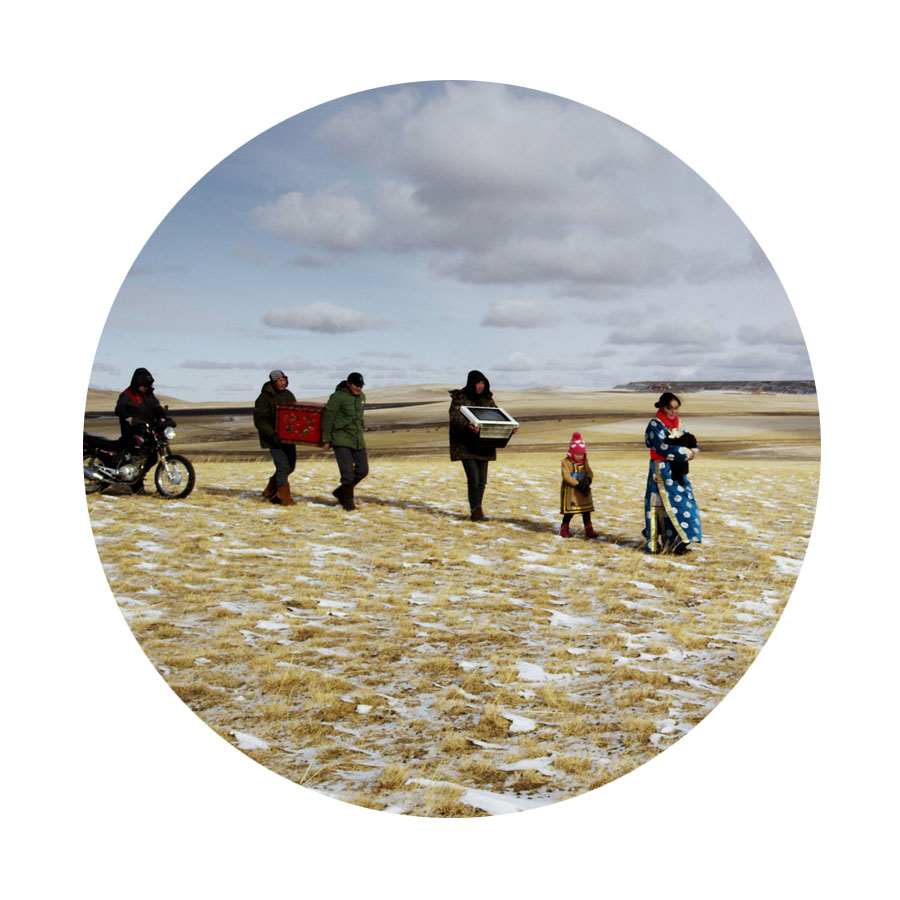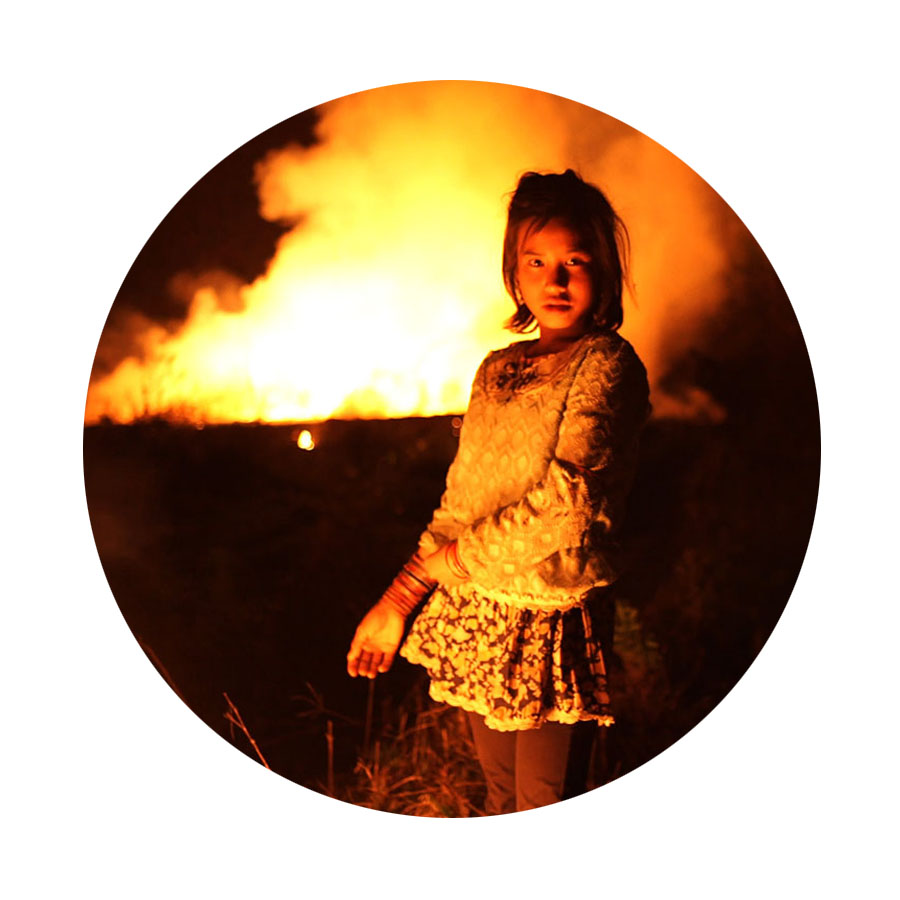Interlaced

MELBOURNE INTERNATIONAL FILM FESTIVAL 2016
Films 40 through 49
Woven together
Forty-films in (forty-nine, by the time I post this*), the landscape I have travelled, through feature films, debuts, animation, and documentaries, has not just been physically mapped but mentally too. Compressed through a mangle or opened up and explored with a sharp tool, this is the geography of longing, hurt, faith lost and faith restored, jealousy, loss, purpose, trauma, empowerment, purpose, and apathy. The path taken by the willing festival attendee is one that frays the nerves as much as it fires them, and the threads they are beginning to weave together something new: a multi-faceted, wholly unique, collage of moving parts, chiefly hopeful.
I have through Mirjana Karanović's A Good Wife (in which Karanović also plays the central character who discovers she has breast cancer at the same time as finding a video recording of war crimes committed by her husband with such everyday indifference, stored casually in their bedroom drawer) discovered the corrosive power of secrets thought otherwise pushed down and buried. I have looked for absolution with an armful of flowers like the sun as a marker for a grave, and instead found it in grey and ordinary encounters that follow (The Unknown Girl).
I have tried to scale the three fences laced with barbed wire and beatings between Morocco and the Spanish city of Melilla. I have learned, through the chance to give one's own account, how to frame a composition, realizing: “I exist because of film” (refugee from Mali, Abou Bakar Sidibé, in the documentary featuring his own footage and narration, Those Who Jump). I have been grateful for the chance to sit in on the raw process of Ros Horin’s theatre production now shaped into a film, The Baulkham Hills African Ladies Troupe. (Thank-you Yarrie Bangura, Aminata Conteh-Biger, Yordanos Haile-Michael and Rosemary Kariuki-Fyfe for actively, beautifully sharing your experiences of resilience and finding the strength within, and together in sisterhood, to move through a place of deep trauma rooted within to a place where your own voice can be found, heard, and celebrated; to a place where “I am enough.”) The power of telling your own story in turn empowering me.
From documentaries to films within films, I have unsuccessfully urged protagonists into action, to saying something, and felt the sting of their lacking in my cheeks. As filmmaker Khalid (played by Khalid Abdalla in Tamer El Said’s In the Last Days of the City) moved through the streets of his city symphony, downtown Cairo brought to its knees, I longed for him to intervene rather than make a film, Rear Window style, of his neighbor in a physical altercation with her husband. Where the Soviet Union’s collapse was choreographed to Swan Lake on repeat (The Event), in the taxis of Cairo, the Africa Cup was the blanket to muffle information and truth.
I have travelled though good and great films, and felt their right hook, be they devastating or empowering. And I have seen a selection of films that did not draw me in, though this group is smaller. (Thinking about why this is so is always a worthy experience, and, who knows, perhaps revisited along the line, I’ll see them differently?)
I have seen films about writing and wondered if this is something that can be revealed in film. From Jonathan Genet’s Witold (Cosmos) chiseled cheekbones hammering the lines on his laptop, a frenzied stream of consciousness composed in 72-point font, to Adam Driver’s Paterson, perhaps, like artists, private acts and thought processes cannot be successfully portrayed. (Case point: the artist biopic. Insert: collective shudder, audible groan.) Certainly, Golshifteh Farahani as Laura, the ever-supportive girlfriend to Driver’s poetry weaving bus rounds proved this so. In Jim Jarmusch’s Paterson, Laura’s creativity was passive play. It neither soared nor fell, it merely toyed at decorating shower screens and door frames with daubs of black and white paint. Who sails so smoothly when making anything? Perhaps this was to make a distinction between the often dismissed creative pursuits of the hobbiest and the drive of the artist. Either way, it felt a falsehood to me. Driver’s Paterson (furnished with the borrowed words of Ron Padgett) came closer to conveying a sense of the focus and internal process of creativity, but, in light of the brilliant Reset**, Yo-Yo Ma, and Robert Frank, fell short. Then again, we all of us standing next to Millepied, the Paris Opera Ballet, the ever-questioning Yo-Yo Ma and the ever-looking Frank do. Perhaps I misread Cosmos and Paterson. Perhaps they were about the many forms creativity can take. That it needn’t be published or exhibited to be of worth, this is something I know is true. And if it is read or shown it need not be experienced or felt by many to be of value. Perhaps this is what I can take away from these moments on screen.
Of the films I have seen so far, I know that I am drawn to those which show the creative animal and the animal as they truly are. Not as plot pawns to guide other characters along an arc, but as their own marvellous selves. I bristle when a cat or dog is anthropomorphised or displays unnatural traits, and I am weary of seeing species solely from a human angle. (Unless in the realm of pure poetic fantasy, when the known is tipped on its head). When a species is shown to be false, when cats’ issue confrontational howls they reserve for combat for no apparent reason, when pampered bulldogs possess secret vengeful streaks and the sharp incisors of rodents that can shred a year’s worth of poetry stored in one (!?) notebook, the notebook of the sole person who walks them, *** when this happens: I’m out. I prefer my animals, this year’s MIFF has affirmed, like Sarchiapone the buffalo (voiced by Elio Germano in Lost and Beautiful). True to species, damn it, my poets, canines, and calves.
All this, of course, is one of the great things about the immersive festival experience. It crystallises that which you favour and that which you don’t. This process of ever-shifting refinement, it is surprising, and it calls me back, year after year, to carve through the dry land in my orange Chevrolet chariot seeking camels in the afterlife (A Dragon Arrives!) or to live for a spell in a Commune in the ‘70s (The Commune).
Eight films remain (I couldn’t resist booking another film, taking this year’s total to 57), and at a glance, they all look set to make my head spark and heart beat that little bit faster.
* The deadly sound of the shattered land! I have since seen Life After Life, Behemoth, and Ta’ang. A devastating triptych that made monster's minions of us all. More on these as soon as I wipe myself clean from the coal mine. Until then, in relation to the above thoughts, garbled, I can say that I found the creative process illustrated in the scene between the Father and the Son (inhabited by his Mother's spirit, in Life After Life) as they inched an uprooted tree, waddling on its root ball, up a makeshift ramp only for it to fall off at the midpoint and the whole process had to be repeated. Relocating a tree: this is what creativity can feel like. Creativity is resilience and determination that comes to the fore when tested.
** In a year that has featured dance as a category, I long for more works like Reset. I’ve said this before, haven’t I?
*** Marvin, you were superb in Paterson on your midnight rambles, leading the charge before being parked outside the bar.
Image credit: Still from Liang Zhao’s film, Behemoth (2015)
